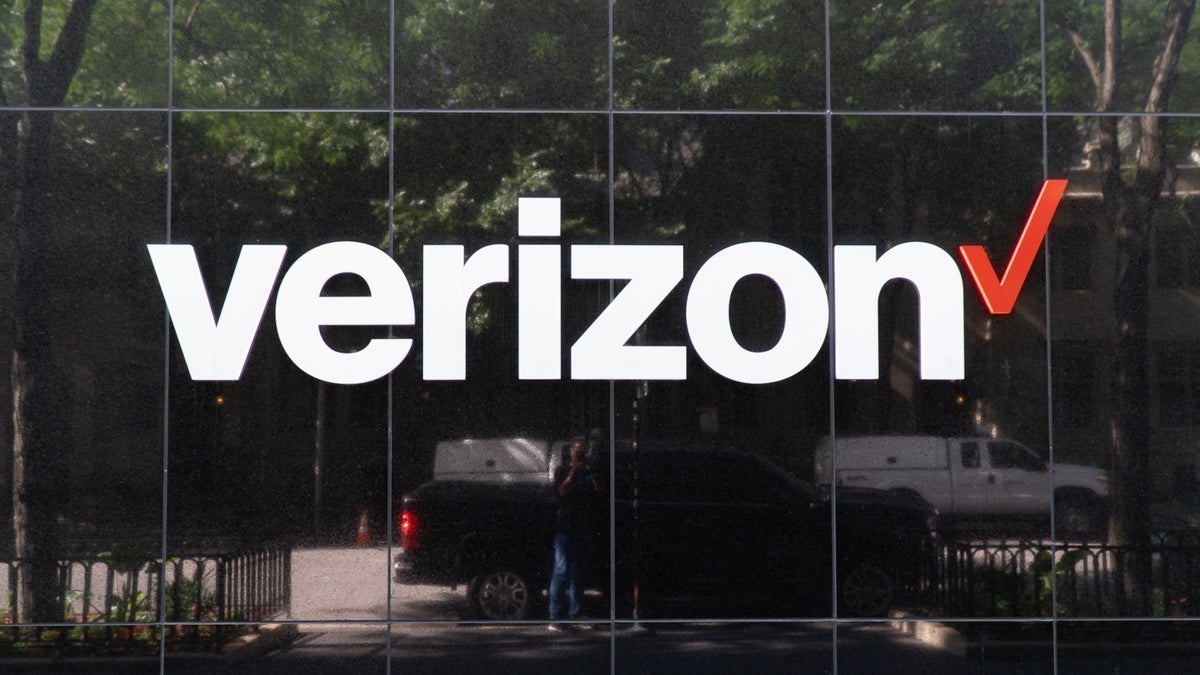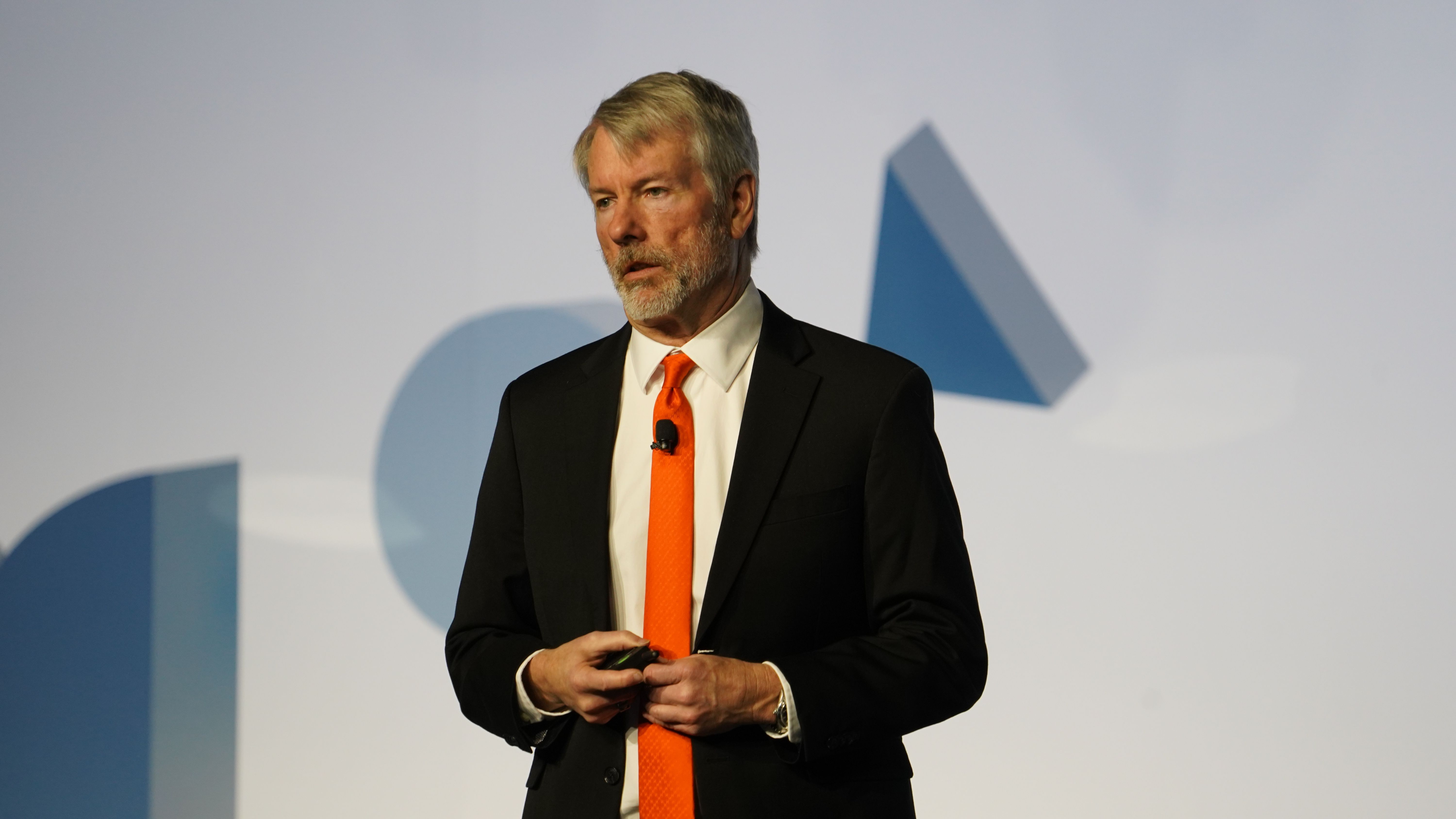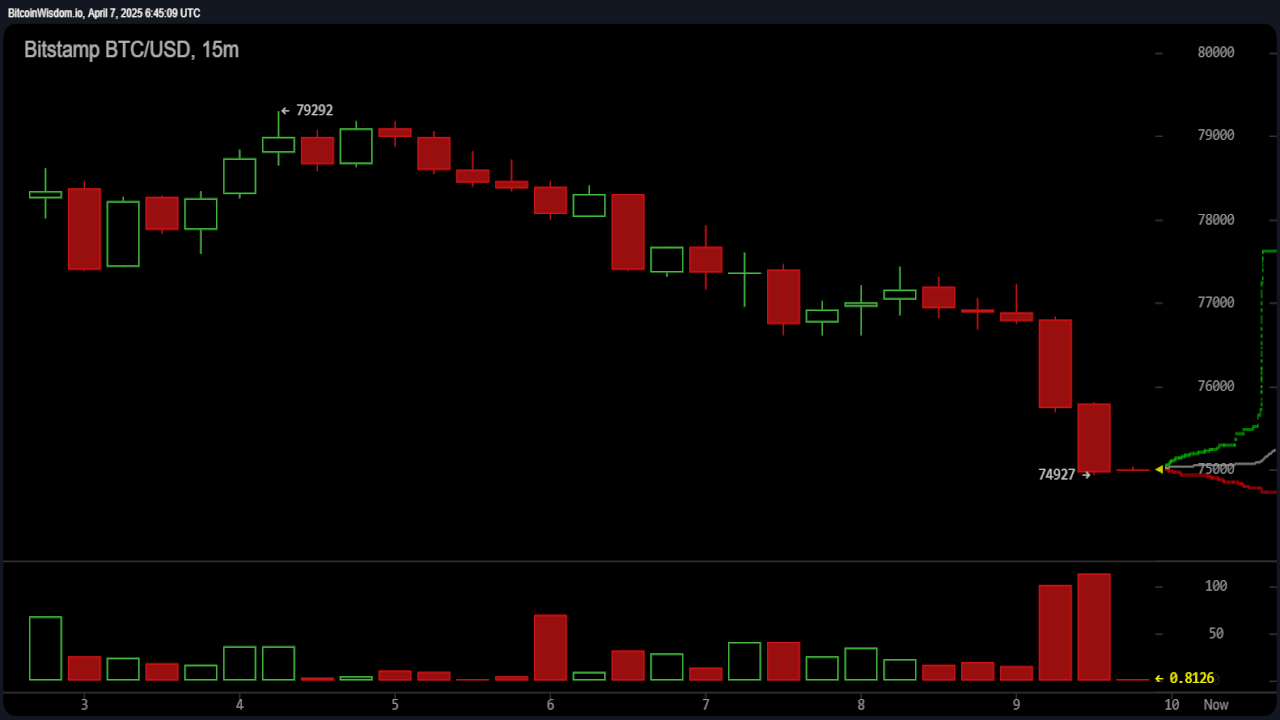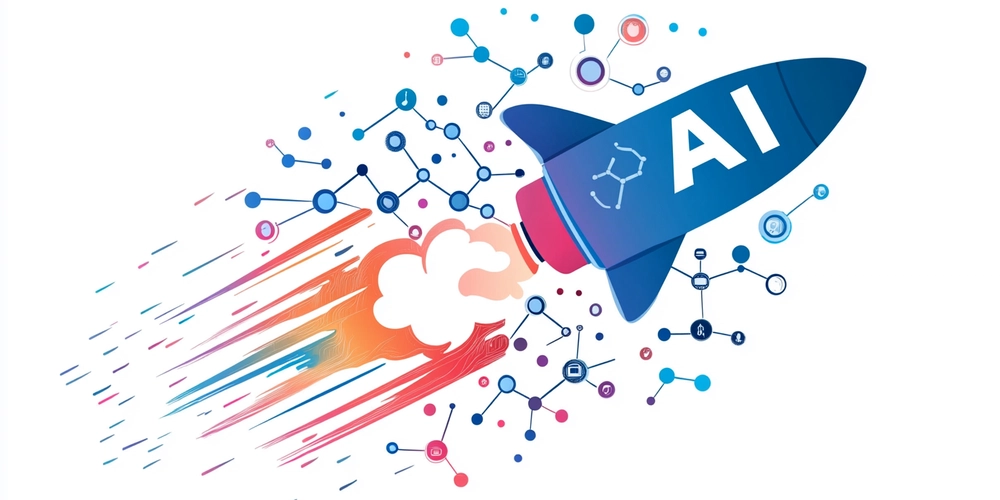"The Quest for Cloud Security and Compliance: A CSPM Story"
Alex, the CTO of a large organization, was responsible for managing over 500 AWS cloud accounts hosting more than 300 production applications. With an SSO identity center and other security setups in place, Alex faced a daunting challenge: ensuring that the infrastructure provisioned in his accounts was compliant with security standards and not exposed to cyberattacks. Despite his best efforts, Alex struggled to keep up with the ever-evolving landscape of cloud security. He needed a solution that could automate the cleanup of non-compliant resources and provide a holistic view of his cloud environment's security posture. Alex's organization was not alone in this struggle. Many enterprise-level organizations faced similar challenges, with new vulnerabilities and cyberattacks emerging daily. The need for a comprehensive solution to manage and secure cloud environments had never been greater. Determined to find the best options available, Alex began exploring various cloud security tools. He needed a solution that could: Continuously monitor and assess the security posture of his cloud environment. Automate the identification and remediation of misconfigurations and security risks. Ensure compliance with regulatory standards and internal security policies. After extensive research and brainstorming sessions with his core technical team, Alex discovered that Cloud Security Posture Management (CSPM) was the answer to his problems. CSPM tools provided the automation and visibility he needed to secure his cloud environment effectively. Why CSPM ?? Enhanced Security CSPM tools play a vital role in identifying and mitigating security risks. They detect vulnerabilities such as publicly exposed resources, unencrypted services, and highly privileged permissions. Compliance Maintaining compliance with regulatory standards like GDPR, HIPAA, and PCI DSS is a significant challenge for organizations. CSPM automates compliance checks, making it easier to adhere to these regulations and avoid potential fines and penalties. Visibility and Control CSPM provides a centralized view of cloud assets and configurations, offering holistic visibility. This approach is essential for managing security in hybrid and multi-cloud environments. Automated Remediation One of the key benefits of CSPM is its ability to automatically remediate security issues. By automating the identification and resolution of misconfigurations, CSPM reduces the operational efforts required for manual remediation. Security Reports With the centralized view of cloud assets, CSPM tools also provide the ability to generate reports and calculate the cloud security posture. Which are the AWS native CSPM tools ?? AWS Security Hub: Provides a comprehensive view of security alerts and compliance status across AWS accounts. Automates security best practice checks, aggregates security alerts, and supports automated remediation. AWS Config: Continuously monitors and records AWS resource configurations to ensure compliance. AWS Trusted Advisor: Provides real-time guidance to follow AWS best practices. Offers feedbacks in five categories: cost optimization, performance, security, fault tolerance, and service limits. Amazon Inspector: Scans for vulnerabilities and deviations from best practices These tools collectively help in maintaining a secure and compliant cloud environment by continuously monitoring, assessing, and remediating security risks and misconfigurations. What are the other tools available? Orca Security: Focuses on cloud workloads and provides agentless scanning for vulnerabilities and risks. Prisma Cloud: Ideal for multi-cloud environments, offering comprehensive visibility and threat detection. Wiz: Specializes in managing identity-based exposure and provides actionable insights for cloud security. PingSafe: Excels in real-time monitoring of cloud infrastructure and detecting potential threats. Lacework Polygraph Data Platform: Great for inventory management, compliance, and anomaly detection. CrowdStrike Falcon Cloud Security: Offers adversary-focused threat intelligence and runtime protection. Tenable Cloud Security: Designed for development and production environments, ensuring secure code-to-cloud workflows. What are the sample CSPM rules IAM User Access Keys are frequently rotated: Ensure IAM users have access keys rotated every 90 days S3 Bucket Policies: Ensure the S3 Bucket policies are not overly permissive. Database instances: Ensure Database instances are not exposed to public Network ACLs: Restrict unrestricted SSH and Remote Desktop access to reduce the attack surface. Conclusion Cloud Security Posture Management (CSPM) is essential for maintaining a secure and compliant cloud environment. By leveraging CSPM tools and practices, organizations can enhance their security posture, ensure compliance, and gain comprehensive visibility and control over their cloud infrastructure. Lets
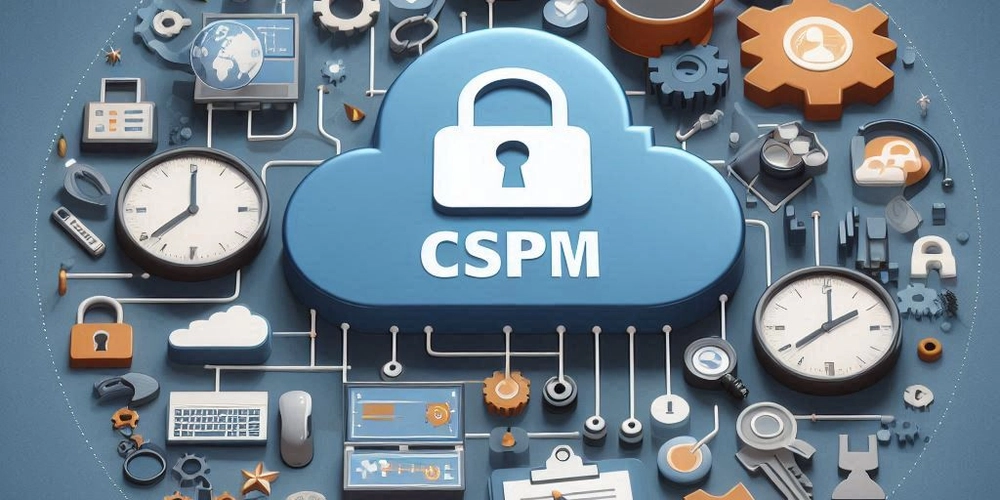
Alex, the CTO of a large organization, was responsible for managing over 500 AWS cloud accounts hosting more than 300 production applications. With an SSO identity center and other security setups in place, Alex faced a daunting challenge: ensuring that the infrastructure provisioned in his accounts was compliant with security standards and not exposed to cyberattacks.
Despite his best efforts, Alex struggled to keep up with the ever-evolving landscape of cloud security. He needed a solution that could automate the cleanup of non-compliant resources and provide a holistic view of his cloud environment's security posture.
Alex's organization was not alone in this struggle. Many enterprise-level organizations faced similar challenges, with new vulnerabilities and cyberattacks emerging daily. The need for a comprehensive solution to manage and secure cloud environments had never been greater.
Determined to find the best options available, Alex began exploring various cloud security tools. He needed a solution that could:
Continuously monitor and assess the security posture of his cloud environment.
Automate the identification and remediation of misconfigurations and security risks.
Ensure compliance with regulatory standards and internal security policies.
After extensive research and brainstorming sessions with his core technical team, Alex discovered that Cloud Security Posture Management (CSPM) was the answer to his problems. CSPM tools provided the automation and visibility he needed to secure his cloud environment effectively.
Why CSPM ??
Enhanced Security
CSPM tools play a vital role in identifying and mitigating security risks. They detect vulnerabilities such as publicly exposed resources, unencrypted services, and highly privileged permissions.Compliance
Maintaining compliance with regulatory standards like GDPR, HIPAA, and PCI DSS is a significant challenge for organizations. CSPM automates compliance checks, making it easier to adhere to these regulations and avoid potential fines and penalties.Visibility and Control
CSPM provides a centralized view of cloud assets and configurations, offering holistic visibility. This approach is essential for managing security in hybrid and multi-cloud environments.Automated Remediation
One of the key benefits of CSPM is its ability to automatically remediate security issues. By automating the identification and resolution of misconfigurations, CSPM reduces the operational efforts required for manual remediation.Security Reports
With the centralized view of cloud assets, CSPM tools also provide the ability to generate reports and calculate the cloud security posture.
Which are the AWS native CSPM tools ??
AWS Security Hub: Provides a comprehensive view of security alerts and compliance status across AWS accounts. Automates security best practice checks, aggregates security alerts, and supports automated remediation.
AWS Config: Continuously monitors and records AWS resource configurations to ensure compliance.
AWS Trusted Advisor: Provides real-time guidance to follow AWS best practices. Offers feedbacks in five categories: cost optimization, performance, security, fault tolerance, and service limits.
Amazon Inspector: Scans for vulnerabilities and deviations from best practices
These tools collectively help in maintaining a secure and compliant cloud environment by continuously monitoring, assessing, and remediating security risks and misconfigurations.
What are the other tools available?
Orca Security: Focuses on cloud workloads and provides agentless scanning for vulnerabilities and risks.
Prisma Cloud: Ideal for multi-cloud environments, offering comprehensive visibility and threat detection.
Wiz: Specializes in managing identity-based exposure and provides actionable insights for cloud security.
PingSafe: Excels in real-time monitoring of cloud infrastructure and detecting potential threats.
Lacework Polygraph Data Platform: Great for inventory management, compliance, and anomaly detection.
CrowdStrike Falcon Cloud Security: Offers adversary-focused threat intelligence and runtime protection.
Tenable Cloud Security: Designed for development and production environments, ensuring secure code-to-cloud workflows.
What are the sample CSPM rules
IAM User Access Keys are frequently rotated: Ensure IAM users have access keys rotated every 90 days
S3 Bucket Policies: Ensure the S3 Bucket policies are not overly permissive.
Database instances: Ensure Database instances are not exposed to public
Network ACLs: Restrict unrestricted SSH and Remote Desktop access to reduce the attack surface.
Conclusion
Cloud Security Posture Management (CSPM) is essential for maintaining a secure and compliant cloud environment. By leveraging CSPM tools and practices, organizations can enhance their security posture, ensure compliance, and gain comprehensive visibility and control over their cloud infrastructure.
Lets deep dive into CSPM in the upcoming articles …….Stay Tuned….









































































































































































![[The AI Show Episode 142]: ChatGPT’s New Image Generator, Studio Ghibli Craze and Backlash, Gemini 2.5, OpenAI Academy, 4o Updates, Vibe Marketing & xAI Acquires X](https://www.marketingaiinstitute.com/hubfs/ep%20142%20cover.png)


















































































































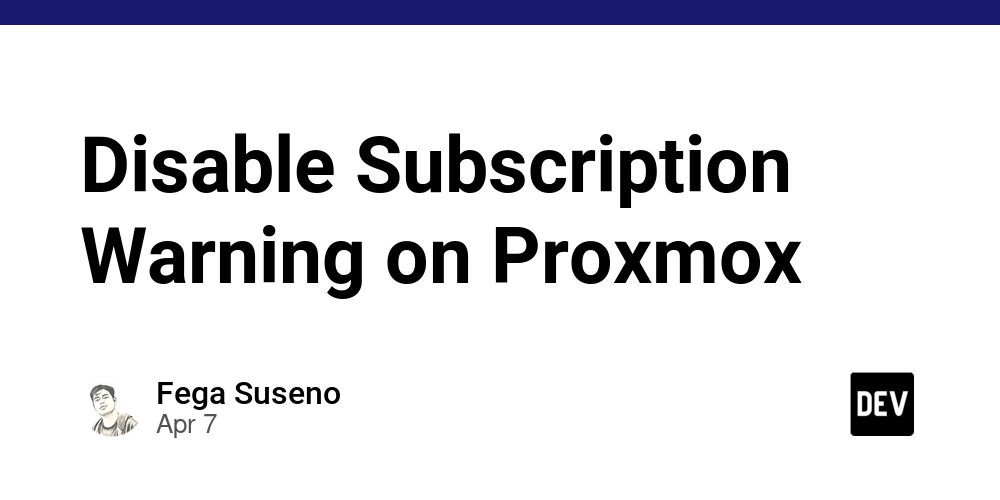












![[DEALS] The Premium Learn to Code Certification Bundle (97% off) & Other Deals Up To 98% Off – Offers End Soon!](https://www.javacodegeeks.com/wp-content/uploads/2012/12/jcg-logo.jpg)

![From drop-out to software architect with Jason Lengstorf [Podcast #167]](https://cdn.hashnode.com/res/hashnode/image/upload/v1743796461357/f3d19cd7-e6f5-4d7c-8bfc-eb974bc8da68.png?#)



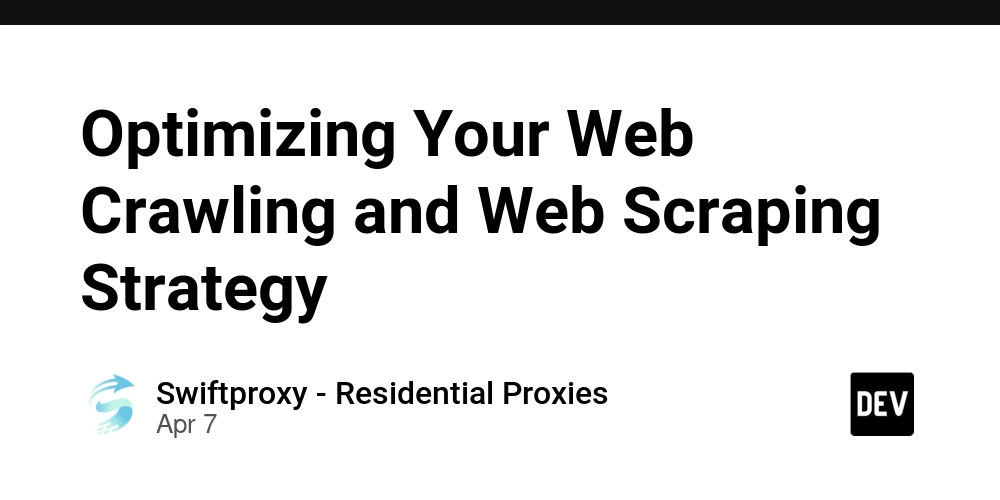



































































































.png?#)



































_Christophe_Coat_Alamy.jpg?#)
.webp?#)
.webp?#)








































































































![Apple Considers Delaying Smart Home Hub Until 2026 [Gurman]](https://www.iclarified.com/images/news/96946/96946/96946-640.jpg)
![iPhone 17 Pro Won't Feature Two-Toned Back [Gurman]](https://www.iclarified.com/images/news/96944/96944/96944-640.jpg)
![Tariffs Threaten Apple's $999 iPhone Price Point in the U.S. [Gurman]](https://www.iclarified.com/images/news/96943/96943/96943-640.jpg)

















































